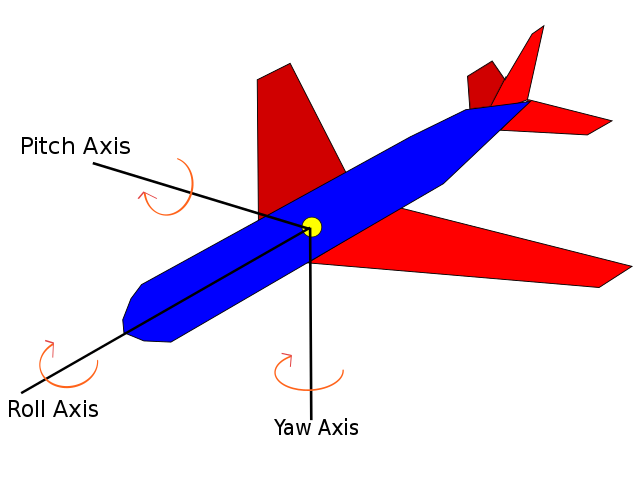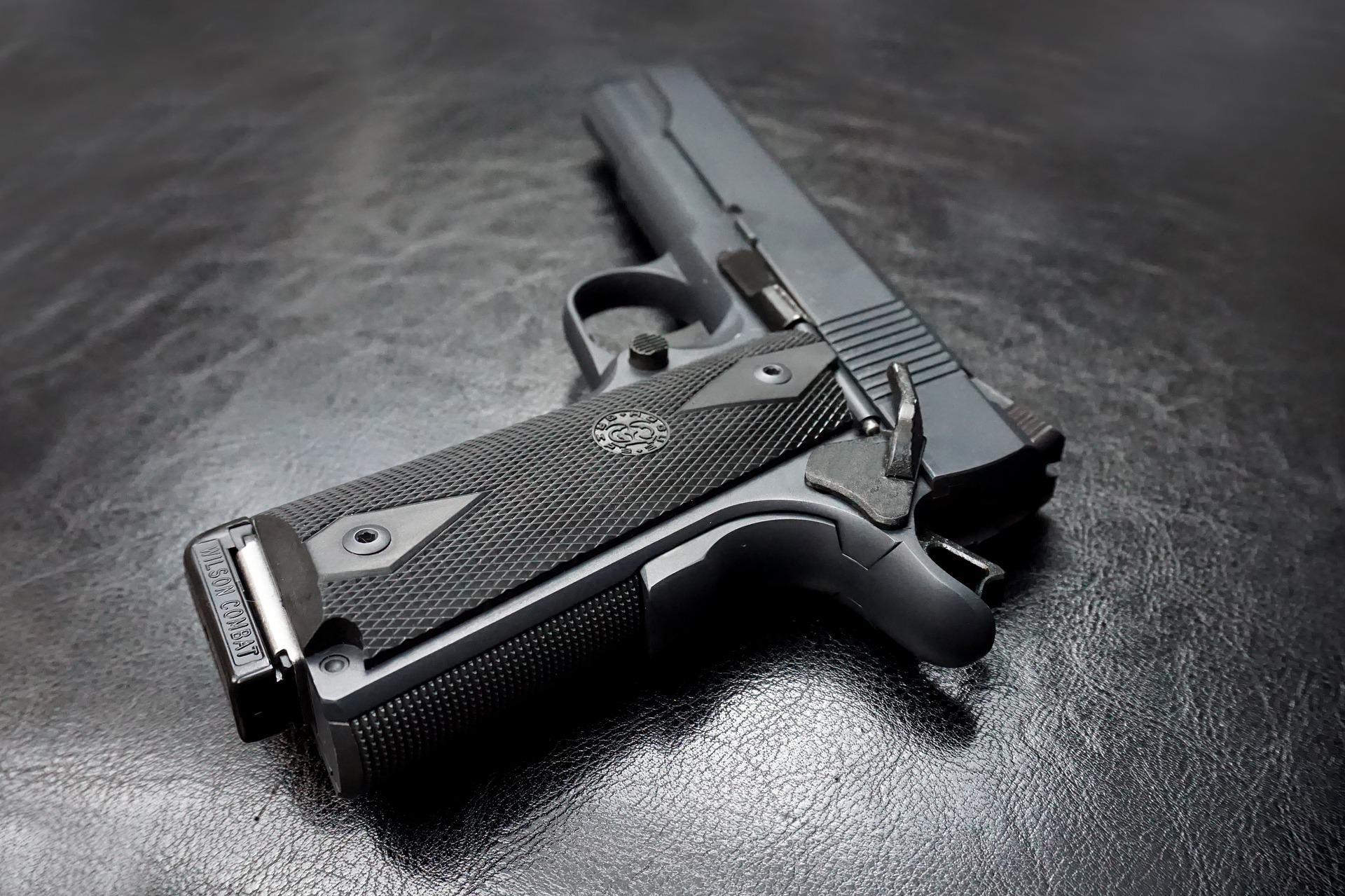
Image courtesy of Auawise
Every field of study has its own lexicon. What’s more, the jargon used in one field may not carry over to another. “Pitch” will mean something completely different for a musician, for example, than it does to a drone pilot. In this post, we’re going to look at three extremely important drone terms – roll, pitch, and yaw – and how understanding them can help you learn how to fly a drone.
Drone Terms: What do Roll, Pitch, and Yaw Mean?
Giving directions between two points on a flat surface is pretty easy. You only need to really deal with two axes: left-right and forward-back. You don’t need to really get too involved in height, or the z-axis, at all, unless you need to climb a mountain or ride an elevator to get to your destination.
Unfortunately, that’s not how drones work. Since a drone moves around three dimensions of space, describing its movements is infinitely more complicated. Fortunately, we’ve come up with a few terms to describe how a drone moves through space: roll, pitch, and yaw. These terms come from flying a plane and while a drone doesn’t have the same control scheme as a plane does, the lexicon still applies. Here’s how roll, pitch, and yaw work.
![]()
Roll
In simplest terms, “roll” means a rotation around the front-back axis. It’s probably the easiest one of these terms to envision in your head. Think of “roll” as an airplane doing a barrel roll. If you grew up in the ‘90s and ever played Star Fox 64, you know exactly what I’m talking about. The ailerons (the flaps on a plane’s wings that move up and down) control a craft’s roll.
Pitch
Okay, so I said that pitch would mean something entirely different for a musician than it would for a drone pilot. That’s not exactly true, though. An aircraft’s pitch refers to its movement along the up-down axis. In other words, pitch defines whether a craft’s nose points up or down. That’s sort of similar to a musician, where pitch defines how “high” or “low” a note is. The elevator, or the flap on a plane’s tail that moves up and down, controls its pitch.
Yaw
If you’re familiar with firearms, chances are you’ve already heard the term “yaw” before. With guns, “yawing” refers to a bullet tumbling end over end after exiting a barrel, also known as “keyholing” from the shape of the hole it makes. In terms of drones though, it means something a little bit different. It refers to any movement along the left-right axis. A plane’s rudder controls its yaw.
Learn How to Fly a Drone at SDI
Learning jargon like roll, pitch, and yaw is definitely important for anyone who wants to learn how to fly a drone. But that’s just a piece of the puzzle. If you want to learn how to become a drone pilot, you’ll also need a slew of other skills. That’s where SDI can help. To learn more about SDI’s new Certificate in Unmanned Technology, check out our entire list of all the programs we offer here.
For another article about drone terms, click here.



